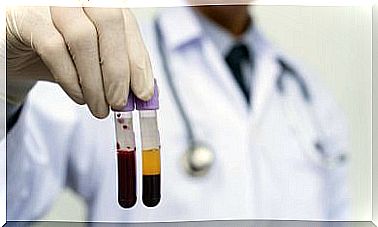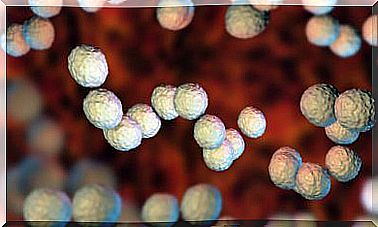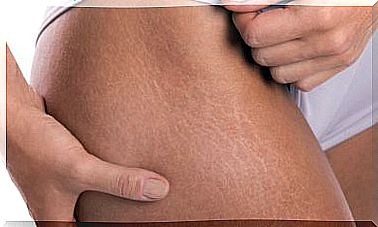Learn To Detect Breast Cancer
Is it possible to detect the first symptoms of breast cancer? If so, what would it be like? Is there more than mammography? We will solve these and other doubts below. Keep reading!
Currently, it is estimated that women who live to be over 85 years old will have a 1 in 9 chance of developing breast cancer. In fact, this type of cancer is the most common within this population group.
First symptoms of breast cancer
The body’s cells divide in a regular and controlled way to replace old cells with younger, more functional ones.
However, these cell division processes, which at first must be regulated, can be altered and generate uncontrolled cell division, thus originating a tumor.
When this mass of dividing cells acquires the ability to invade other tissues and continue to proliferate in them, in a process known as metastasis, we are talking about a malignant tumor or cancer.
Specifically, breast cancer is the appearance of a malignant tumor in the cells of the mammary gland. These cells, originally originating in the glandular tissue of the breasts, are capable of invading the surrounding healthy tissues and proliferating in them (metastasis).
According to the World Health Organization (WHO), breast cancer is the most common type of cancer in women and the second leading cause of death in this population group worldwide.
However, breast cancer is one of the cancers with the best prognosis. Its early diagnosis plays a key role in the success of treatment.
The causes of the appearance of breast cancer range from genetic factors to environmental causes. In a low percentage of cases, its appearance is due to a hereditary mutation in a gene that causes a high predisposition to suffer from said cancer.
However, in 90% of breast cancer cases its appearance is sporadic and is not related to inherited mutations of certain genes.
Next, we will talk about the first symptoms that can occur in breast cancer, as well as the aspects that must be taken into account to detect this pathology in time.
Risk factor’s
Before discussing the symptoms of breast cancer, it is convenient to know what the risk factors related to this disease are:
- Certain reproductive aspects such as the use of high doses of hormonal contraceptives, hormone replacement therapies or late menopause may be related to the onset of the disease.
- Other factors that can influence its appearance are nutritional aspects, physical activity, the duration of breastfeeding, smoking or alcoholism.
- Risk factors that you are unable to influence may be a family history of breast cancer or inherited genetic mutations, such as changes in the BRCA1 and BRCA2 genes.
- The risk of breast cancer increases with age. Most breast cancers are diagnosed after age 50.
Possible symptoms
One of the complications when it comes to detecting the disease early is that, sometimes, there are no symptoms during the early stages. In fact, the usual is that women who suffer from it do not experience pain during the first phases.
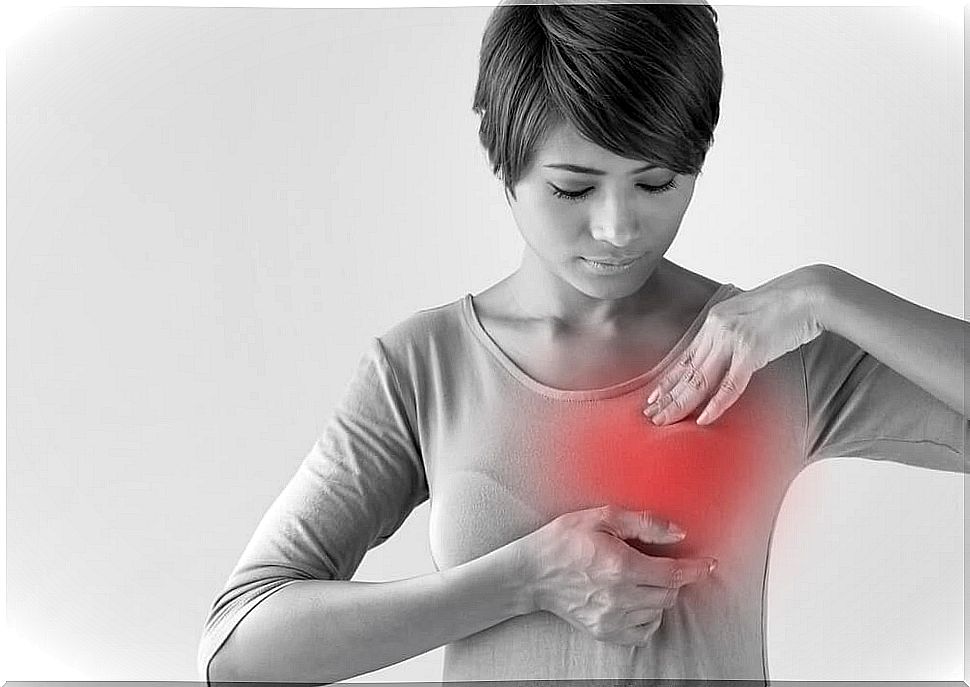
Even so, certain aspects have been evidenced that could reveal the presence of breast cancer. Some of them are:
- Sinking of the nipple.
- Secretions in the nipples.
- Pain in the breasts or nipple.
- Change in the shape of the breast or nipple.
- Irritation, redness, or peeling of the breasts.
- Appearance of lumps around the breasts, towards the armpit area.
It is very important to pay attention to any type of lump or abnormality originating in this area, although its appearance is not always due to the presence of cancer.
Generally, hard, irregular, and painless lumps are more likely to be related to cancer. However, in these situations it is best to consult a specialist.
Early diagnostic tests
Due to its high efficiency, the most widely used technique is mammography, as it is capable of detecting pathology years before the development of possible lumps or symptoms.
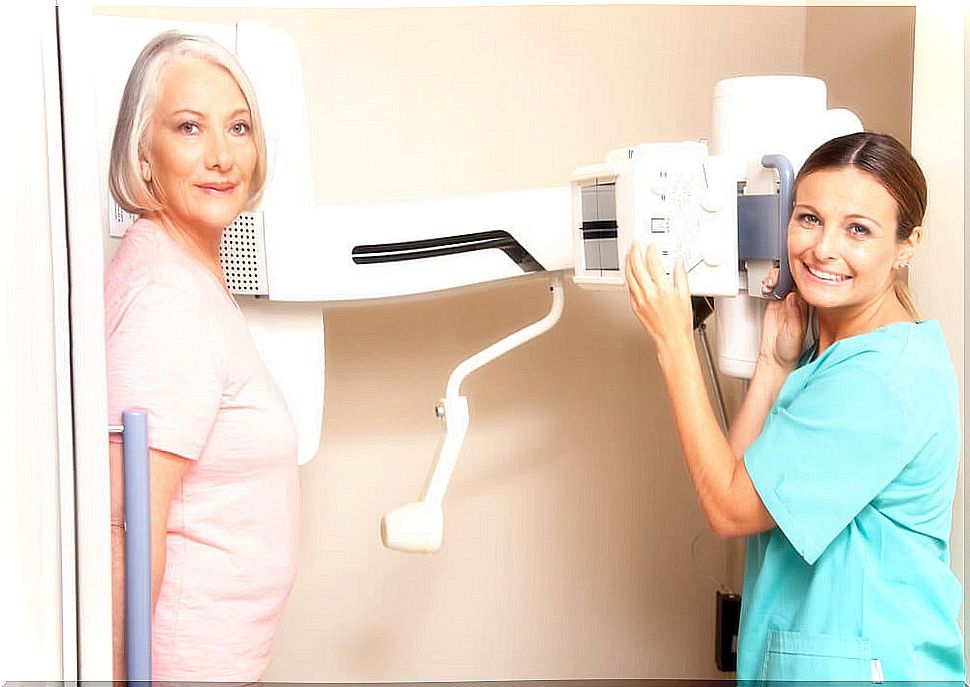
It is very important to have all the screening mammograms recommended by your doctor. Typically, a yearly mammogram is recommended starting at 40 or 50 years of age. However, this age can be reduced in the case of people with a family history.
Another possibility is breast self-examination (AEM), which consists of a regular self-examination of the breasts, in order to detect the presence of lumps or changes in the breasts.
However, the usefulness of this technique is somewhat controversial, since not all cases of breast cancer can be detected in this way and it should never replace a mammogram.
